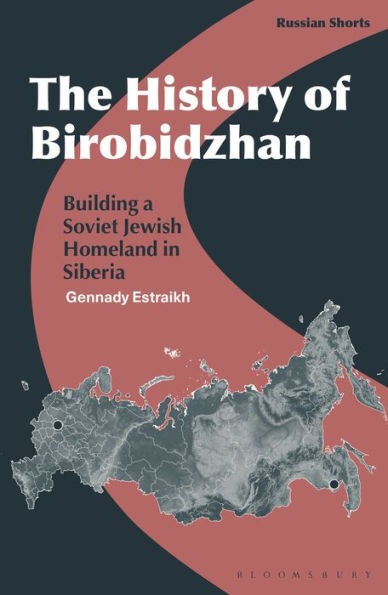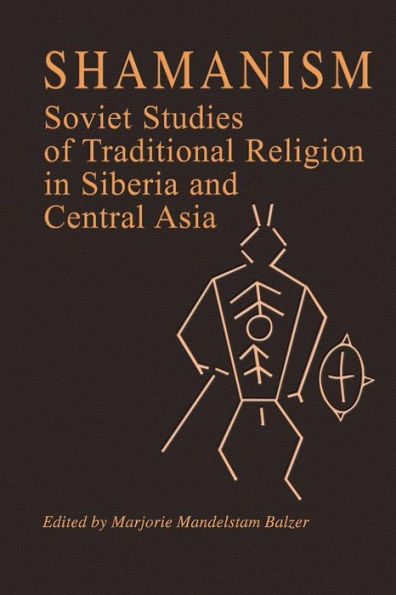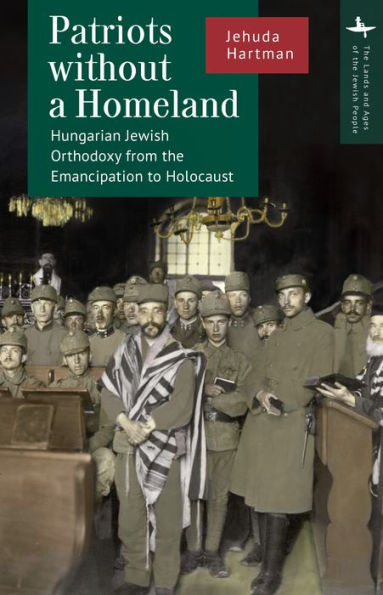Home
The History of Birobidzhan: Building a Soviet Jewish Homeland Siberia
Barnes and Noble
Loading Inventory...
The History of Birobidzhan: Building a Soviet Jewish Homeland Siberia in Franklin, TN
Current price: $61.00

Barnes and Noble
The History of Birobidzhan: Building a Soviet Jewish Homeland Siberia in Franklin, TN
Current price: $61.00
Loading Inventory...
Size: Hardcover
Gennady Estraikh's book explores the birth, growth, demise and afterlife of the Birobidzhan Jewish Autonomous Region (JAR).
The History of Birobidzhan
looks at how the shtetl was widely used in Soviet propaganda as a perfect solution to the 'Jewish question', arguing that in reality, while being demographically and culturally insignificant, the JAR played a key, and essentially detrimental, role in determining Jewish rights and entitlements in the Soviet world.
Estraikh brings together a broad range of Russian and Yiddish sources, including archival materials, newspaper articles, travelogues, memoirs, belles-letters, and scholarly publications, as he describes and analyses the project and its realization not in isolation, but rather in the context of developments in both domestic and international life.
As well as offering an assessment of the Birobidzhan project in the contexts of Soviet and Jewish history, the book also focuses on the contemporary 'Jewish' role of the region which now has only a few thousand Jewish occupants amongst its residents.
The History of Birobidzhan
looks at how the shtetl was widely used in Soviet propaganda as a perfect solution to the 'Jewish question', arguing that in reality, while being demographically and culturally insignificant, the JAR played a key, and essentially detrimental, role in determining Jewish rights and entitlements in the Soviet world.
Estraikh brings together a broad range of Russian and Yiddish sources, including archival materials, newspaper articles, travelogues, memoirs, belles-letters, and scholarly publications, as he describes and analyses the project and its realization not in isolation, but rather in the context of developments in both domestic and international life.
As well as offering an assessment of the Birobidzhan project in the contexts of Soviet and Jewish history, the book also focuses on the contemporary 'Jewish' role of the region which now has only a few thousand Jewish occupants amongst its residents.
Gennady Estraikh's book explores the birth, growth, demise and afterlife of the Birobidzhan Jewish Autonomous Region (JAR).
The History of Birobidzhan
looks at how the shtetl was widely used in Soviet propaganda as a perfect solution to the 'Jewish question', arguing that in reality, while being demographically and culturally insignificant, the JAR played a key, and essentially detrimental, role in determining Jewish rights and entitlements in the Soviet world.
Estraikh brings together a broad range of Russian and Yiddish sources, including archival materials, newspaper articles, travelogues, memoirs, belles-letters, and scholarly publications, as he describes and analyses the project and its realization not in isolation, but rather in the context of developments in both domestic and international life.
As well as offering an assessment of the Birobidzhan project in the contexts of Soviet and Jewish history, the book also focuses on the contemporary 'Jewish' role of the region which now has only a few thousand Jewish occupants amongst its residents.
The History of Birobidzhan
looks at how the shtetl was widely used in Soviet propaganda as a perfect solution to the 'Jewish question', arguing that in reality, while being demographically and culturally insignificant, the JAR played a key, and essentially detrimental, role in determining Jewish rights and entitlements in the Soviet world.
Estraikh brings together a broad range of Russian and Yiddish sources, including archival materials, newspaper articles, travelogues, memoirs, belles-letters, and scholarly publications, as he describes and analyses the project and its realization not in isolation, but rather in the context of developments in both domestic and international life.
As well as offering an assessment of the Birobidzhan project in the contexts of Soviet and Jewish history, the book also focuses on the contemporary 'Jewish' role of the region which now has only a few thousand Jewish occupants amongst its residents.

















